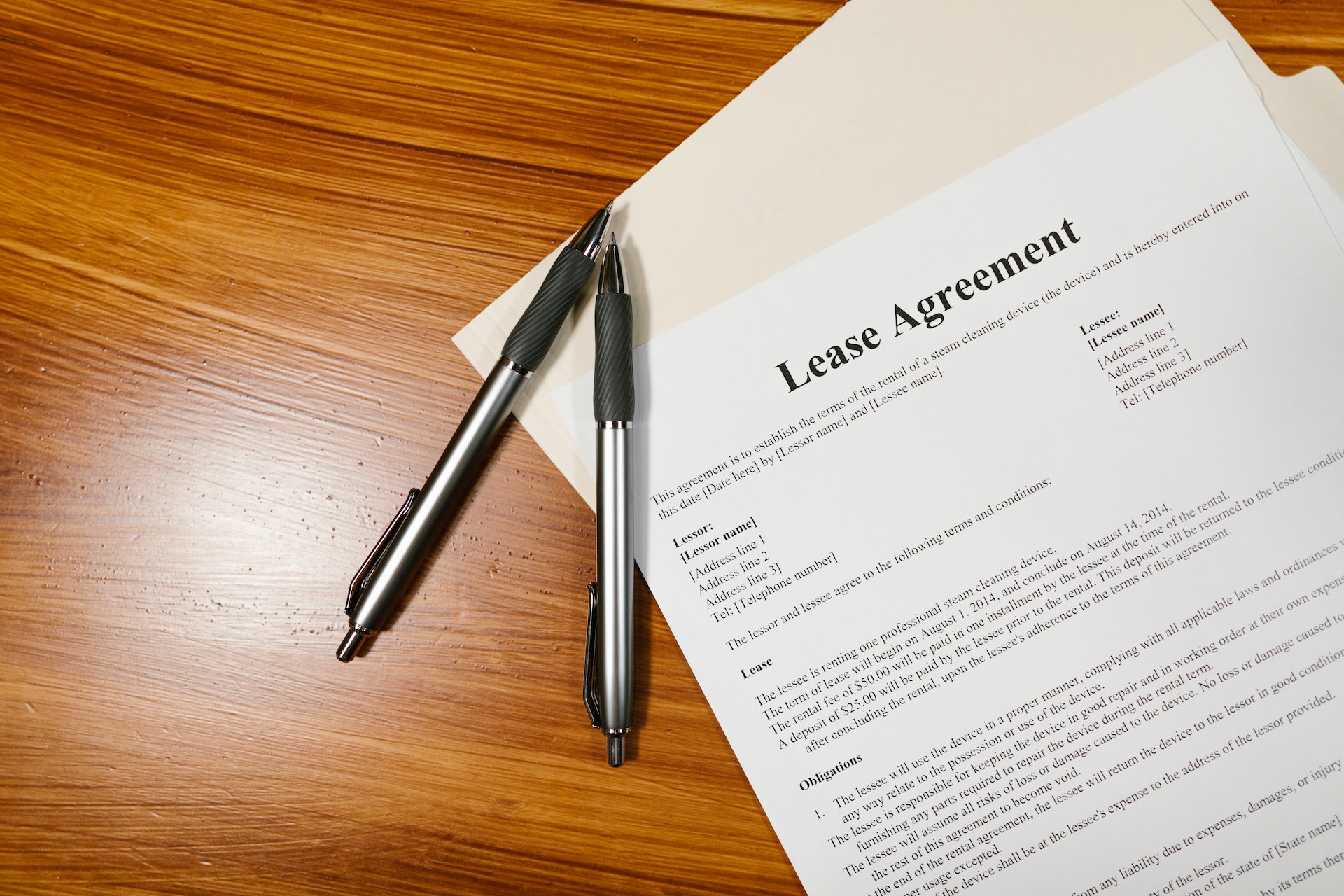Is there a Time Limit to Sue a Tenant for Property Damage?
When damages go beyond the security deposit.

Many landlords conduct thorough inspections using checklists after tenant move-out to identify and deduct repair costs from the security deposit. But what happens when hidden damage reveals itself weeks or even months later, after the security deposit has already been returned? Landlords still have the right to sue tenants in these situations, but there's a crucial catch: a time limit for filing such lawsuits exists. Missing this deadline can jeopardize their ability to recoup repair costs.
How Long Do You Have to Sue?
While some states allow landlords up to 4-6 years to sue tenants for documented damages and repair costs, local laws can vary. It's crucial to check your specific state and local regulations to understand the deadline. Remember, even if you have the legal right to sue after this window, pursuing repayment sooner strengthens your case. Acting promptly increases your chances of recouping repair costs from the tenant.
You may have heard that your tenants must be provided with a written copy of damages within 21 days of them moving out of your property, but that's not entirely the case. Landlords are only required to provide tenants with a written explanation of the damage costs if those costs are being withheld from their security deposit. This notice must be sent out within a month of the tenant moving out of the property.
What Type of Damages Can You Sue for?
You can't withhold security deposits or sue for normal wear and tear, i.e. things like worn carpet or faded paint. These are considered normal wear and tear from everyday living. However, if the tenant caused clear-cut damage - holes in walls, broken fixtures - they are responsible for the repair costs. Even if you've already returned the security deposit, you can still sue them in small claims court to recoup those repair expenses. Remember, document everything! Detailed move-in/move-out inspections with photos and a signed checklist will strengthen your case if legal action becomes necessary.
What to Expect with the Court Process
- If a landlord has decided to sue, this is how they can expect the court process to generally go:
- The landlord will send a notice of the damages incurred to the tenant via certified mail. If the tenant doesn't respond within the appropriate time period, the landlord should then file in small claims court. The court will contact the landlord and the tenant with court information.
- The landlord should gather all documents related to damages and repair costs.
- The landlord presents their evidence in court.
- The court will determine a verdict; if they side in the landlord's favor, the landlord can collect the damage fees. If the tenant is unwilling to pay or can't pay, the landlord may have to contact a collection agent, the local sheriff, or the tenant's employer to set up a payment plan to get the fees they're owed.
Preventing the Need to Sue
Prevent lawsuits before they start with thorough move-in/move-out inspections, documented with photos and checklists. Withhold repair costs for tenant-caused damage from the security deposit if necessary. Proactive tenant screening is key! Reputable services help you choose responsible tenants, minimizing the risk of property damage and disrespectful behavior. This proactive approach saves you time, money, and the hassle of small claims court.
This blog is for informational purposes only, and does not claim to be legal advice. Always consult with a lawyer if you have any disputes regarding your property.
Created on: 05/08/24
Author: CreditLink Secure Blog Team
Tags: damages , lawsuit , litigation , property damage,













































